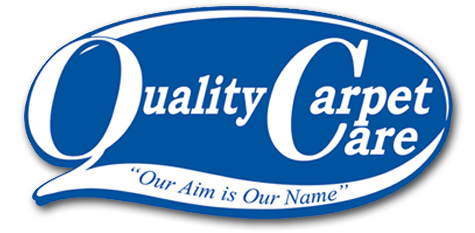Bleach Stains
At our company, we sometimes get calls asking if we can clean out a bleach stain on carpet. What clients need to understand is there is actually no “Bleach Stain”. A stain is where color or soil has been added to the carpet. When bleach or bleach containing products change the color of the carpet, the carpet has actually lost color.
No store bought chemicals are going to bring back the color after it has been removed by bleach. We are able to neutralize the bleach to prevent further damage. There are tons of internet posts full of do-it-yourself bleach repair ideas. Most contain inaccurate information that will make the bleach spill area worse. Other do-it yourself solutions will either be a temporary fix or just make it harder for a professional to fix and that will just cost the client more money.
First let me say that bleach should never be used on carpet or poured into a carpet cleaning machine. There are much safer products to use that will clean properly and give you all of the anti-microbial (germ) fighting results you are looking for. So forget about those rental carpet cleaning machines at the store. After you rent the machine, buy the soapy chemicals, drag the machine home and clean with it, you will find that a professional could have done it right, faster and close to what you just paid.
There are two ways to fix that bleached area in your carpet. The first is to do a bonded insert (patch), with some matching donor carpet. Hopefully you have some extra carpet or can take some from a closet. There are some carpets however that clients may not want to have patched Taking a knife to sculptured carpet, patterned carpet, berber or high end wool may not be a good idea unless the repair technician is very skilled.
Some companies may recommend to restore the color. This is usually a more expensive option and requires a great deal of training and practice. We do not recommend color dying, years ago, the factory included stain guard process was different and added dyes were fairly stable…we have found this to not be true over the past twenty or more years. The Teflon or Scotchguard type treatments today make it near impossible to dye fibers that remain true to color.

